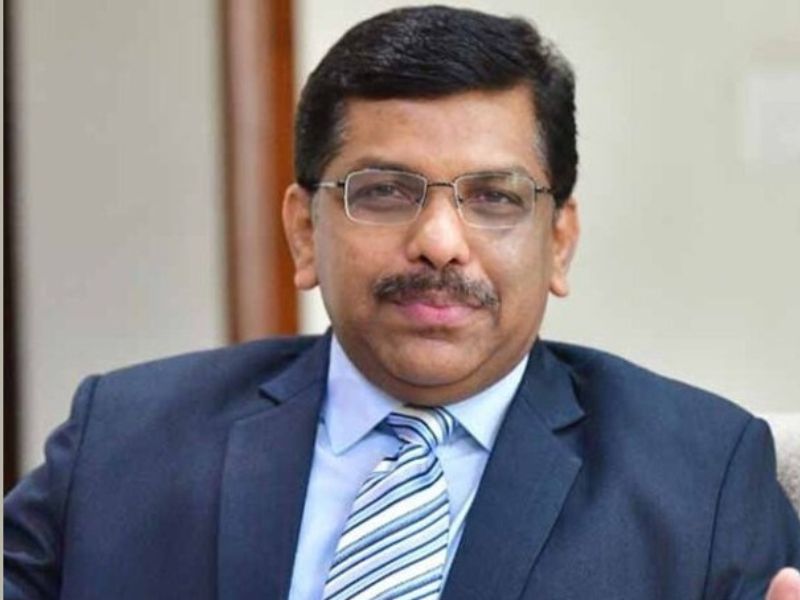.gif) A report on university finances in the UK, authored by a panel headed by Lord John Browne and released in mid-October, deserves serious study by directors and vice chancellors of Indian colleges and universities. The report suggests a way out of the perilous financial straits which many British universities are in today. The panel has suggested that the current cap on student tuition fees of £3,290 (Rs. 2.32 lakh) should be lifted and colleges and universities be allowed to raise tuition fees. How-ever to ensure that higher education is not beyond the reach of all students, the Browne report has recommended that the quantum of long-term higher education loans be increased to cover tuition and living costs of students. Moreover it recommends non-repayable tuition grants of up to £3,290 a year for students from poor households.
A report on university finances in the UK, authored by a panel headed by Lord John Browne and released in mid-October, deserves serious study by directors and vice chancellors of Indian colleges and universities. The report suggests a way out of the perilous financial straits which many British universities are in today. The panel has suggested that the current cap on student tuition fees of £3,290 (Rs. 2.32 lakh) should be lifted and colleges and universities be allowed to raise tuition fees. How-ever to ensure that higher education is not beyond the reach of all students, the Browne report has recommended that the quantum of long-term higher education loans be increased to cover tuition and living costs of students. Moreover it recommends non-repayable tuition grants of up to £3,290 a year for students from poor households.
The report also recommends that repayment of loans should begin after graduation, once the loanees’ annual income crosses £21,000 (Rs.14.8 lakh). If a graduate’s income falls below this threshold, repayment should cease. The objective, as Lord Browne wrote in the Financial Times (October 12), is that “gradu-ates should make a greater contribution to their education”.
In most Indian colleges and universities, students pay a tiny fraction of the actual cost of their education. In the affiliated colleges of Delhi University, tuition fees have been frozen at 1947 levels. Consequently, university finances are perennially stretched, teachers’ salaries are lower than of graduates with similar skills in comparable professions, providing little financial incentive for the best and brightest students to pursue teaching and research. Students neither expect nor demand rigorous education and remain indifferent to the quality of teaching dispensed. Clearly, if their financial stake was higher, they would be more demanding. The result of all this is that Indian society is trapped in a low-price low-quality higher education equilibrium.
Last month (October) EducationWorld profiled the Shri Ram College of Commerce (SRCC), a constituent college of Delhi University. I was filled with pride as any alumna would be to find her alma mater ranked India’s No.1 commerce college for the 14th year in a row by the 2010 India Today-AC Neilsen survey of India’s top colleges. What dismayed me, however, was that the tuition fee payable by students is the same as it was in 1947. The annual tuition for undergraduate students, going by the profile, is Rs.6,000-7,000 or Rs.500-590 a month, a small fraction of what a fresh SRCC graduate earns in the first year after graduation. The profile mentions that admission to SRCC is based on class XII exam performance with cut-off scores being 93 percent or higher. Clearly, SRCC admits some of the best brains in commerce and economics in the country. What kind of education do they get in return?
Thirty years ago when I was a student at SRCC, the quality of education dispensed was not worthy of a premier institution of higher education in commerce and economics. In my second year at SRCC, for two of the prescribed subjects there were simply no teachers. For a third subject, the professor resigned because he was admitted into the Indian Administrative Service (IAS), which was considered an infinitely more prestigious and lucrative option than teaching at Delhi University. In the final year of my undergraduate education there was no teacher for at least one of the prescribed subjects. Despite this, even in the 1980s SRCC enjoyed a great reputation.
Hopefully, things have changed by now. the EducationWorld profile is very impressive. Therefore the purpose and intent of this column is not meant to criticise my alma mater, but to reflect on the purpose and priority accorded to quality issues in college education. Even in the year when we didn’t have classes for half the prescribed subjects, based on conversations with students from other colleges in Delhi University, I found that SRCC was still one of the best. Looked at realistically, this doesn’t reflect the high standard of education dispensed by SRCC as much as it indicates the pathetically poor teaching-learning standards of the other colleges of Delhi University, and indeed of India.
According to the EW profile, the revenue from tuition fees covers only 5 percent of SRCC’s annual expenditure budget. The remainder is covered mainly by way of an annual grant from the University Grants Commission. In 1980, almost all the students in my batch were from private schools where they had paid at least ten times the tuition fees they were paying in college. I am told that SRCC’s student profile hasn’t changed much in the past three decades. Thus a typical student at SRCC, who has paid hefty tuition fees at an elite private school, receives the best commerce and economics collegiate education in India at a fraction of the price of her private school education.
The plain truth is that all students in elite colleges like SRCC can — and should — pay higher tuition fees than they do currently. Therefore the lesson we need to learn from Lord Browne’s report is that while more funds should be invested in institutions of higher education, students’ financial stake in their education should also increase. As the report points out, there are ways and means to improve the finances of colleges and universities without affecting the affordability of higher education.
(Dr. Neeraj Kaushal is associate professor of social work at Columbia University, USA)
























